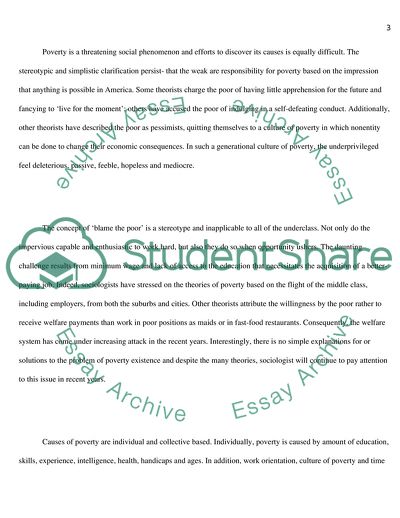Cite this document
(Poverty in America: Trends and New Patterns Term Paper, n.d.)
Poverty in America: Trends and New Patterns Term Paper. https://studentshare.org/social-science/1857378-government
Poverty in America: Trends and New Patterns Term Paper. https://studentshare.org/social-science/1857378-government
(Poverty in America: Trends and New Patterns Term Paper)
Poverty in America: Trends and New Patterns Term Paper. https://studentshare.org/social-science/1857378-government.
Poverty in America: Trends and New Patterns Term Paper. https://studentshare.org/social-science/1857378-government.
“Poverty in America: Trends and New Patterns Term Paper”. https://studentshare.org/social-science/1857378-government.


